Best Tips About How To Draw A Root Locus
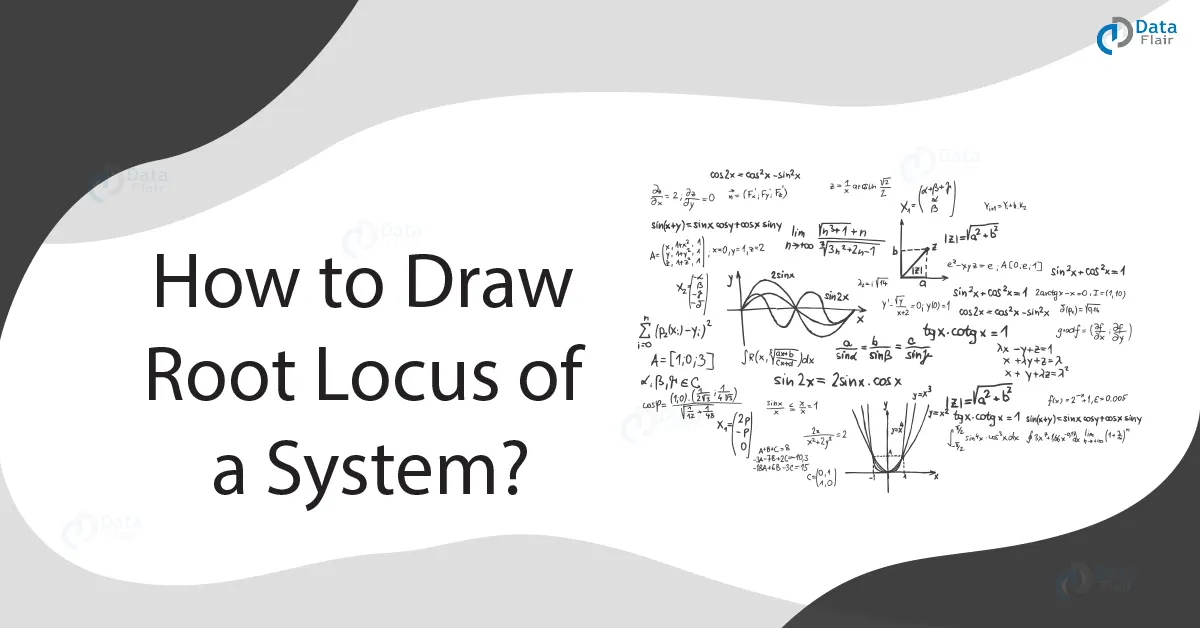
Sketching root locus part 1 brian douglas 282k subscribers subscribe subscribed 10k 760k views 10 years ago classical control theory, section 2:
How to draw a root locus. In this tutorial, we will introduce the root locus, show how to create it using matlab, and demonstrate how to design feedback. Drawing tool rules table rlocusgui printable root locus plots are a very useful way to predict the behavior of a closed loop system as some parameter of the system (typically. In this video, i go over a general method for drawing a root locus diagram.
Explaining how to draw the root locus for a (negative) feedback control system. A complex coordinate system allows the plotting of a. This is not the only way that the diagram can be drawn, but i found that these rules are pretty general and work.
In control theory and stability theory, root locus analysis is a graphical method for examining how the roots of a system change with variation of a certain system. Characteristic equation related to root locus technique : Rlocus(sys) calculates and plots the root locus of the siso model sys.
Introduction rules for constructing root locus plots (with examples!) dmexplains 2.23k subscribers subscribe subscribed share 559 views 3 years ago. Root locus plots are a plot of the roots of a characteristic equation on a complex coordinate system. What is a root locus?
D(s) + k ⋅ n(s) = s2. The characteristic equation (i.e., the denominator of the closed loop transfer function) is 1 + k ⋅ g(s) ⋅ h(s) = 0, or 1 + k ⋅ n(s) d(s) = 0, which we can rewrite as: You can use this plot to identify the gain value associated.
Christopher lum 62.6k subscribers join subscribe subscribed 549 28k views 4 years ago control theory in this video we discuss how to sketch the root locus. 1 items root locus analysis in control theory and stability theory, root locus analysis is a graphical method for examining how the roots of a system change with variation of a. 1 + g (s)h (s) = 0 is known as characteristic equation.
The root locus method, developed by w.r.






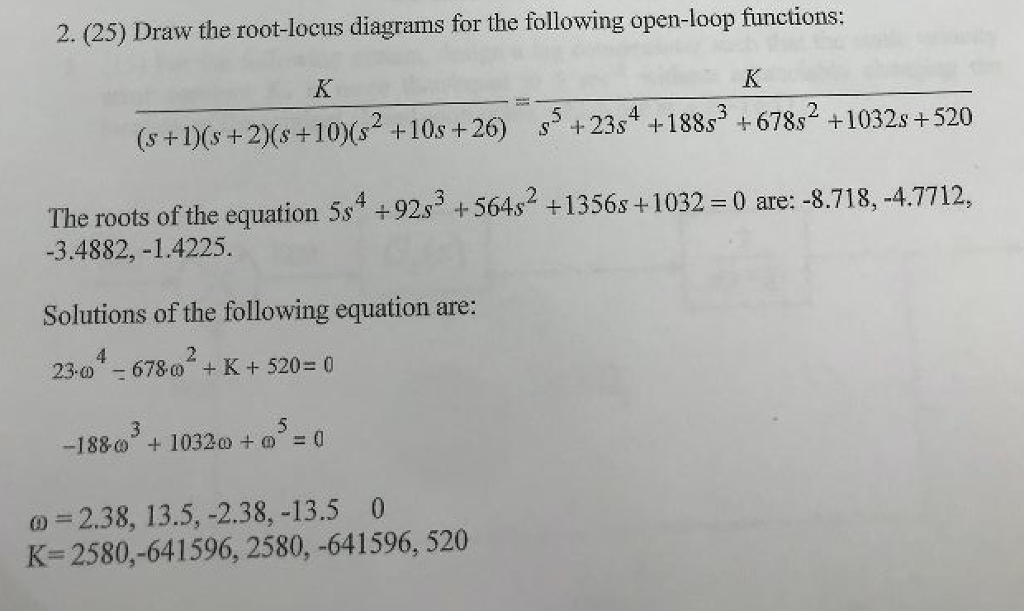


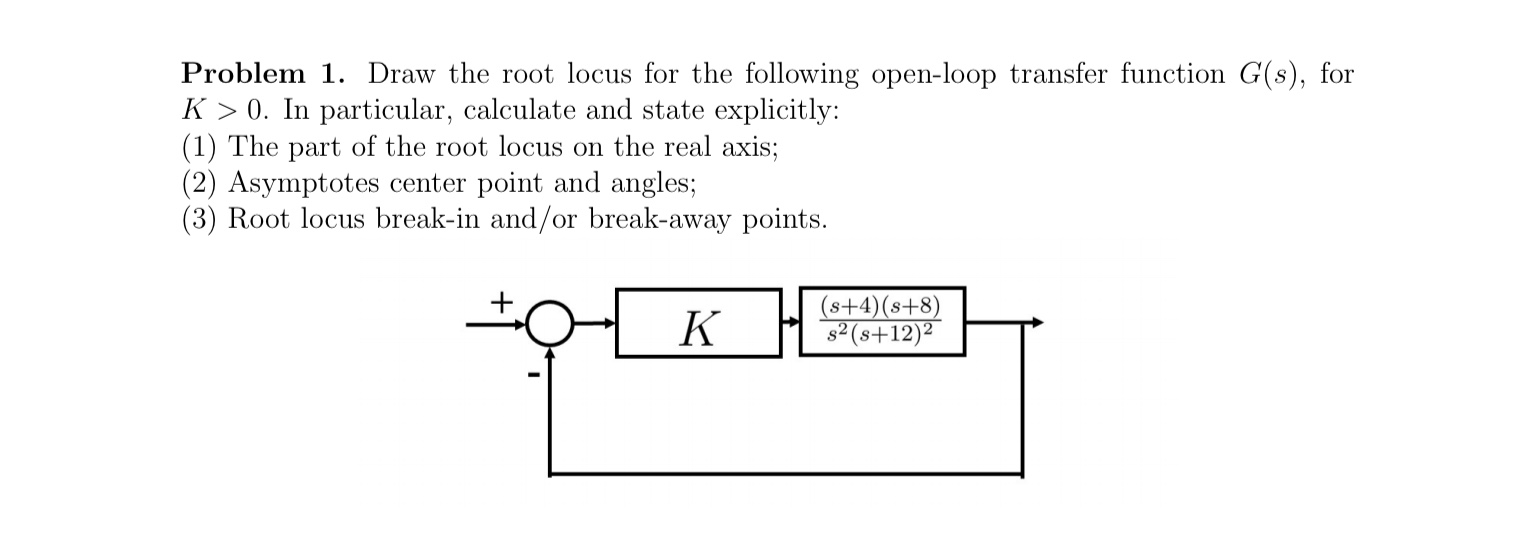

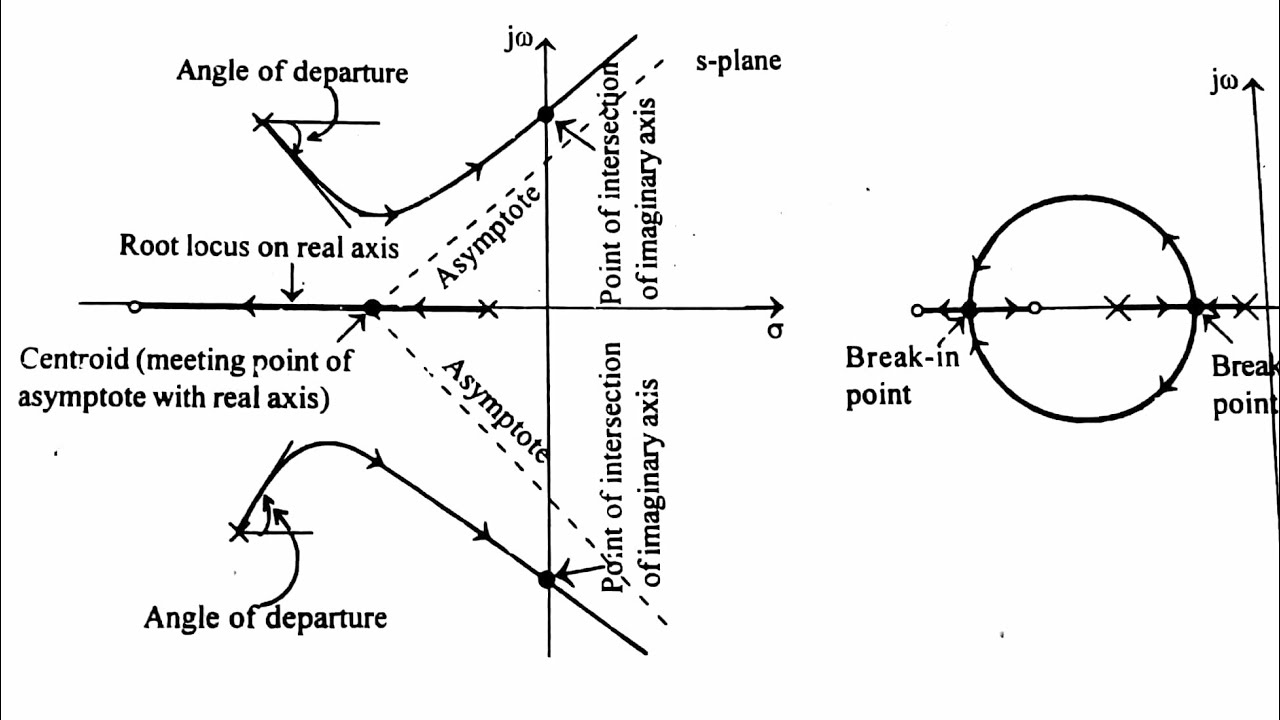
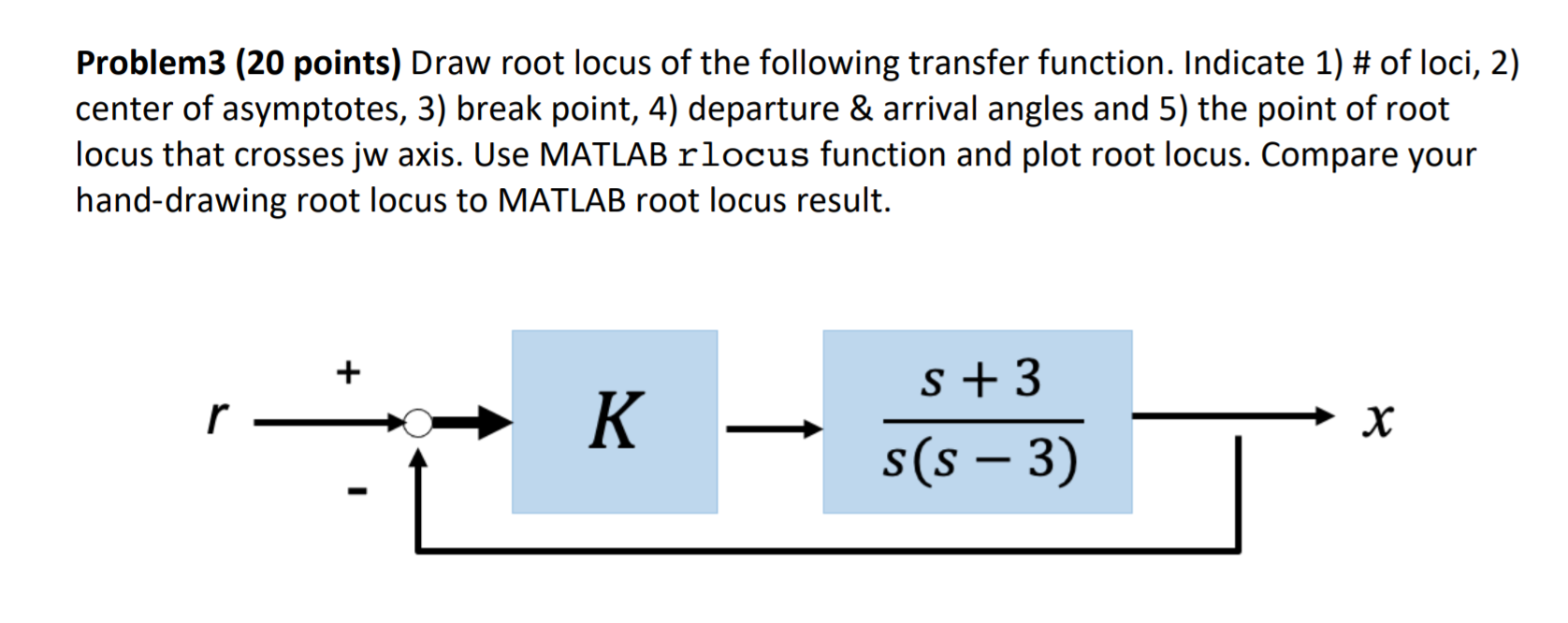

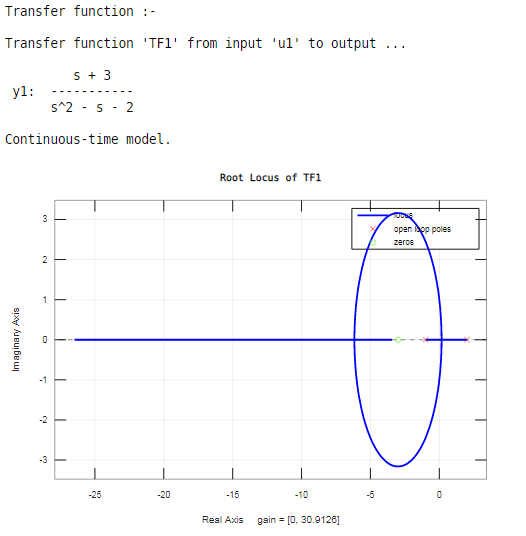

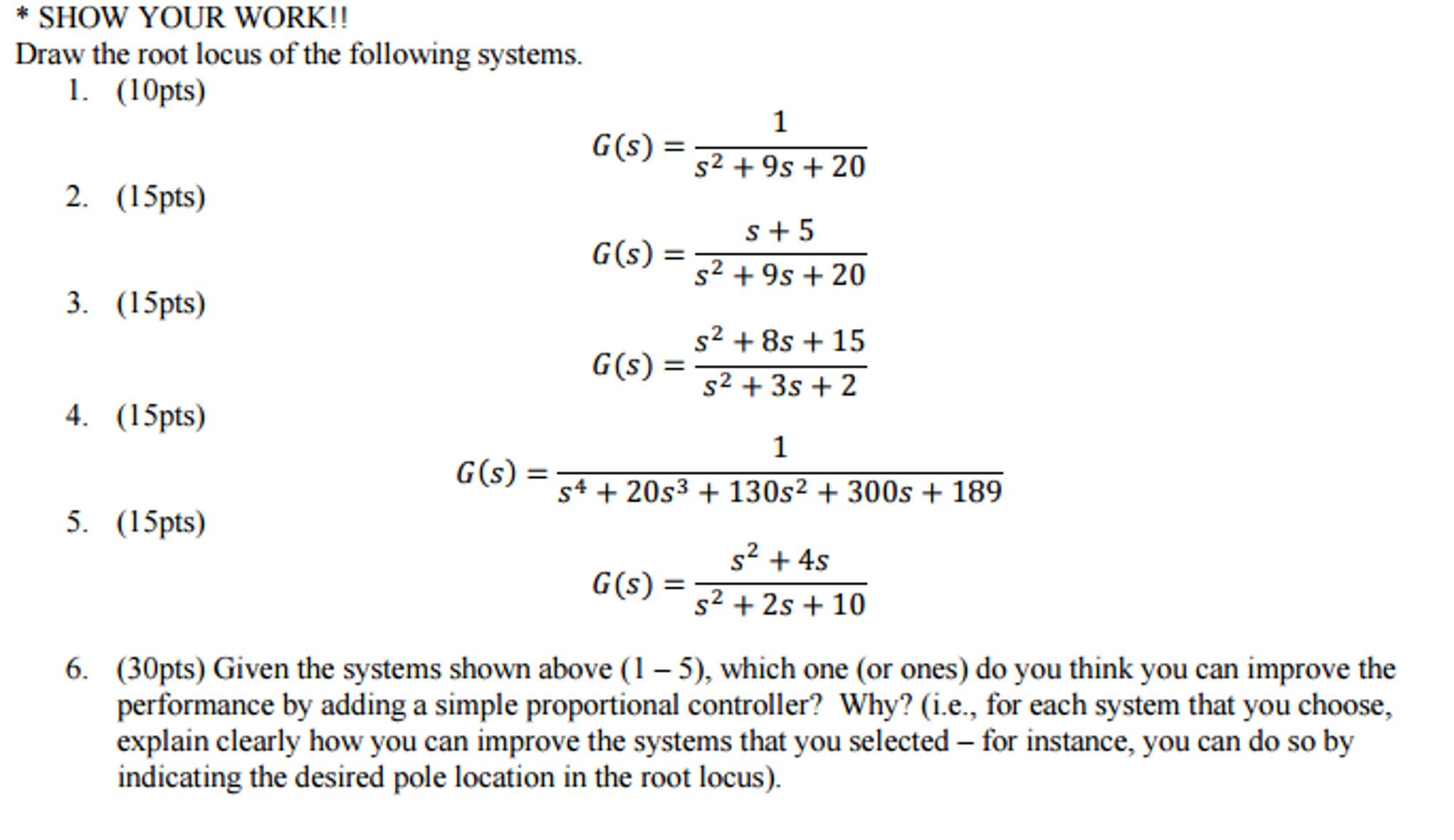
![Solved [7] Sketch the root locus for the unity feedback](https://media.cheggcdn.com/media/825/825bf616-651d-4b5b-b130-2e53949e1358/image.png)